The first discoveries of Early Paleozoic fishes took place in Scotland and in the Baltic area at the beginning of the 19th century. The first early vertebrate remains recorded from Scotland were of Carboniferous age and are now referred to the sarcopterygians Rhizodus and Megalichthys. Later, discoveries of additional Scottish and Baltic localities made these regions (and also European workers) the main source of information on early vertebrates for a long time. This situation reached its most important development with the contributions of E. STENSIÖ and other Swedish and Danish colleagues, who organised important collecting expeditions (e.g., Podolia and Spitsbergen). New material from these localities and others (e.g., Devonian localities of eastern Canada) allowed STENSIÖ and his followers (the so-called Swedish School) to produce some fascinating morphological work and to propose hypotheses about the origin of early tetrapods that still today are a source of discussion.
This book brings together many recent discoveries and new interpretations to commemorate the retirement of Hans-Peter SCHULTZE from the Museum für Naturkunde in Berlin. H.-P. SCHULTZE has worked on most groups of lower vertebrates ranging from conodonts to early tetrapods. He has collected in most of the crucial sites around the world. He is one of the most productive researchers in paleoichthyology and is considered by many to be the leading figure in this field.
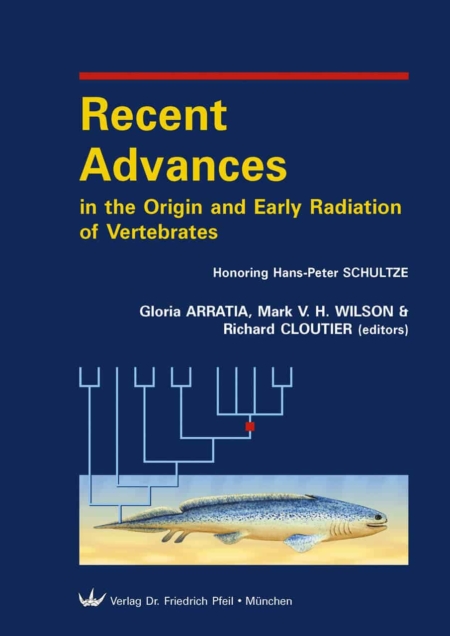
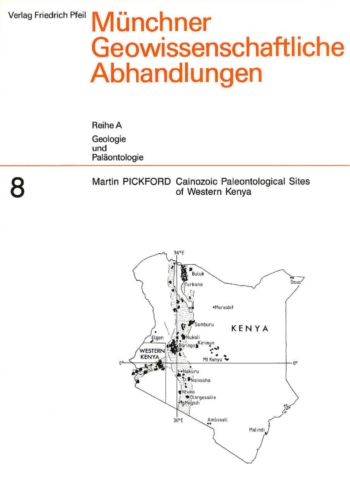

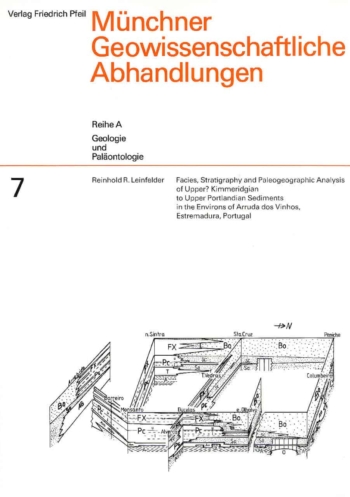
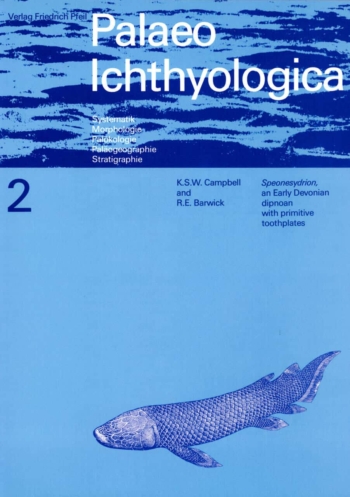
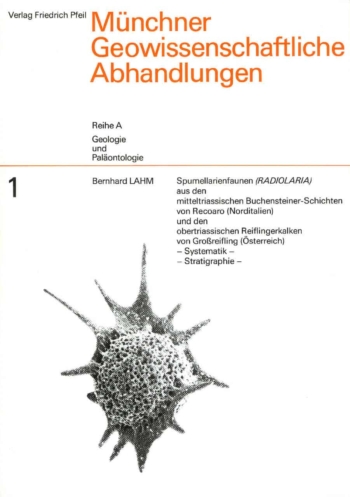
Rezensionen
Es gibt noch keine Rezensionen.